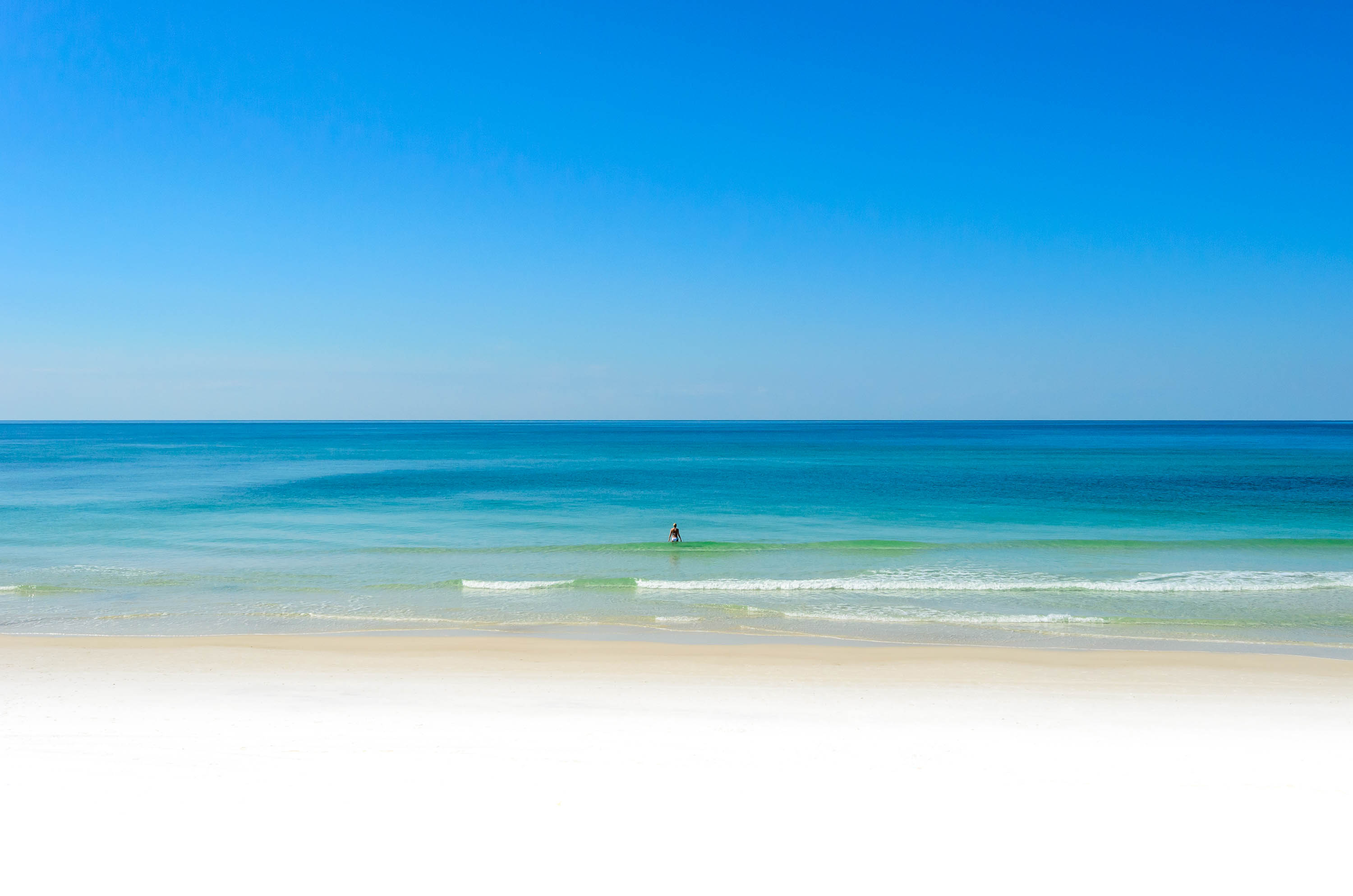Do any of you know what they did to restore the beaches at Sea Island, Georgia? For years it was necessary to walk down stairs to get from ground level to the beach level. Then at some point the beach level was almost at ground level. Someone told us that they filled in the beach with rocks, etc., covered it over with concrete, then covered the concrete with sand - sort of like a sand-covered parking lot. The sand is so hot that they need soaker hoses to prevent people from burning the bottoms of their feet.
Also, do any of you know about the beach restoration history at Fripp? The last time I was there, they had huge rocks instead of dunes (looked awful) with long staircases. There was very little beach, and we had to time our beach walks with the tides because at high tide, the beach totally disappeared. I've known people who got stranded a distance from where they were staying because they had to take the first available stairwell since the Atlantic gets so rough at high tide. My husband almost ended up in that situation. In trying to get back to the walkover for the area where we were staying, the waves literally ripped the watch off his arm. I've heard from a friend who has been to Debidue that it's the same situation there.
These were both beach restorations that attempted to fix the erosion, but if we followed one of these paths, the character of the Panhandle beaches as we once knew them would be gone (actually it might already be gone). Maybe there's a better way to fix the erosion using today's technology .. that is, if it is decided that it should be fixed. I'd hate to be the ones making the decision - with all of the diverse opinions that I've read, no matter what they decide, someone will be angry. I sympathize with the property owners whose property is falling into the Gulf - what a nightmare!
Also, do any of you know about the beach restoration history at Fripp? The last time I was there, they had huge rocks instead of dunes (looked awful) with long staircases. There was very little beach, and we had to time our beach walks with the tides because at high tide, the beach totally disappeared. I've known people who got stranded a distance from where they were staying because they had to take the first available stairwell since the Atlantic gets so rough at high tide. My husband almost ended up in that situation. In trying to get back to the walkover for the area where we were staying, the waves literally ripped the watch off his arm. I've heard from a friend who has been to Debidue that it's the same situation there.
These were both beach restorations that attempted to fix the erosion, but if we followed one of these paths, the character of the Panhandle beaches as we once knew them would be gone (actually it might already be gone). Maybe there's a better way to fix the erosion using today's technology .. that is, if it is decided that it should be fixed. I'd hate to be the ones making the decision - with all of the diverse opinions that I've read, no matter what they decide, someone will be angry. I sympathize with the property owners whose property is falling into the Gulf - what a nightmare!












